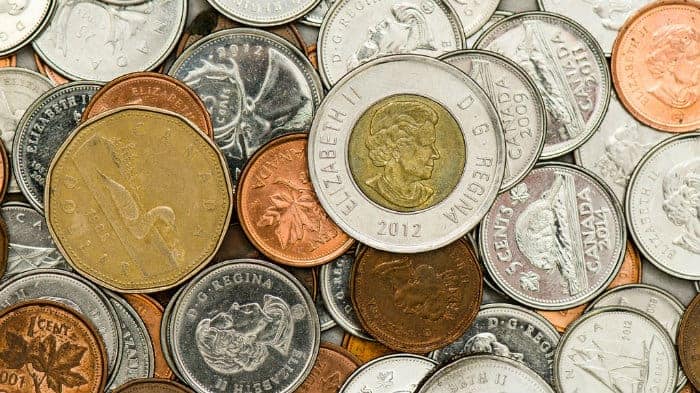More than a decade ago, Cott Corporation’s (TSX:BCB)(NYSE:COT) stock traded over $45 in its halcyon days, selling private-label soda pop to the likes of Wal-Mart Stores, Inc. and others. It was a beverage superstar that could do wrong. And then the wheels fell off as it tried to diversify beyond its soda pop roots.
Like many fast-growing businesses, it thought it could do no wrong but found out the hard way that focus is an important part of maintaining growth. In less than five years it lost 98% of its market cap; it’s spent the last seven years struggling to rebuild itself.
Several changes to its business point to a company that’s gotten up off the mat, dusted itself off, and is back from the dead. In fact, things appear to be so bright for Cott that it’s not out of line to debate that it’s currently transitioning from a value play to an honest-to-goodness growth story.
Before you ask if I’m feeling all right, let me explain why I feel Cott has turned the corner.
Cott’s reputation as the world’s largest private-label manufacturer of carbonated soda pop precedes it. A decade ago it held this distinction, as it does today, despite an almost two-decade decline in U.S. consumption. Things have gotten so bad in the CSR segment that the annual per capita consumption in the U.S. hit a 30-year low in 2015 at 650 eight-ounce servings, a 25% drop from its highest point in 1998.
That’s the bad news. The good news is that Americans have replaced some of their soda pop consumption with healthier drinks such as water, cold-pressed juices, etc., and Cott has managed to pivot towards these changes.
It starts with a billion dollar acquisition (US$1.25 billion to be exact) of DS Services in December 2014, a U.S.-based company that distributes water filtration and coffee systems to homes and businesses across the country. Believe it or not, despite the fact you can pick up bottled water or a cup of coffee on almost every corner in the land, people still go for this type of service.
Cott’s first-quarter results saw revenues decrease 2% year over year to $698 million. However, thanks to good performances from DS Services and its U.K. business, operating profits increased by 119% in Q1 to $14.7 million or 2.1% of revenue. In addition, it grew gross margins in the first quarter by 220 basis points to 30.6%. Furthermore, it managed to reduce its adjusted net loss in the quarter by 68% to $2.5 million.
The key to its growth is adjusted free cash flow, which Cott expects to hit $135-145 million in fiscal 2016. In 2015 it projected adjusted free cash flow could get as high as $114 million; it came in at $134 million. I would expect the company to meet or exceed this year’s targets given improving margins.
So, how is Cott moving from value play to growth story? By replacing unreliable earnings with those that are reliable.
As the quarters pass and its water-delivery business continues to gain clients—a 42% increase in Q1 alone—it will generate greater free cash, which it will use to reduce debt. This will, in turn, send more cash to the bottom line, which will send its stock higher, making its stock a good tool for future water-related acquisitions.
It might not be the traditional growth story, but it’s one worth paying attention to.









